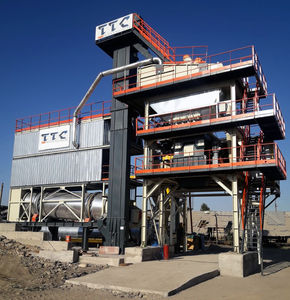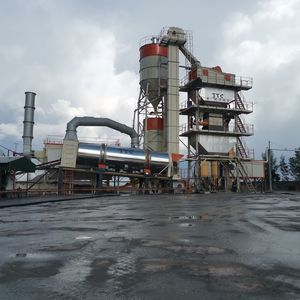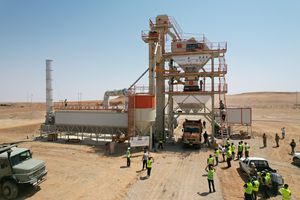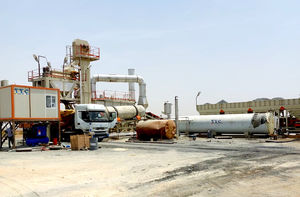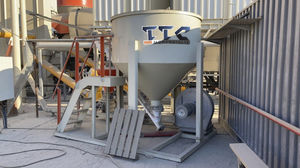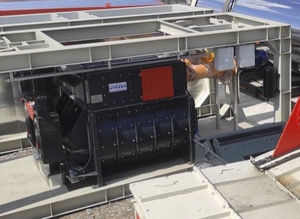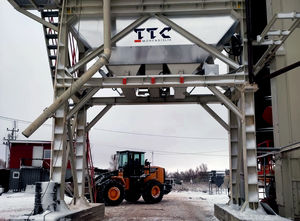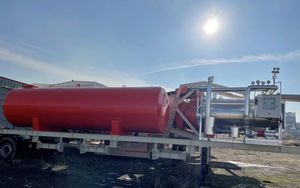
- Production Machines
- Other Manufacturing Equipment
- Sieve
- TTC Mühendislik
- Products
- Catalogs
- News & Trends
- Exhibitions
Building material sieve



Add to favorites
Compare this product
Characteristics
- Other characteristics
- for building materials
Description
According to the desired mechanical properties of the asphalt to be produced, in order to determine which size and how much aggregate will be included in the mixture, first of all, the aggregate should be separated according to its dimensions. TTC Sieve Unit successfully fulfills the task of classifying the aggregate coming out of the dryer according to its dimensions.
WHAT IS A SIEVE?
The basic usage of all sieves is the same. The parts smaller than the mesh opening of the sieve panel can pass under the sieve panel and these parts are called under-sieve material, while the materials larger than the mesh opening go towards the front groove before they can pass through the sieve panel. These materials are called sieve material. The sieving efficiency increases as the particles pass through the mesh opening.
Inclined sieves are generally produced as 2, 3 or 4 layers. On each floor, there are structures with herringbone geometry, called sieve boxes, and carry the sieve panel. If the material is small enough to pass through the eye gap in the floor it is in, it passes to a lower floor, otherwise it passes from the end of the floor to the front groove. A groove at the pouring point of the sieve transmits the over sieve material from each layer to the next stage without mixing them.
SPECIAL DUSTPROOF DESIGN
The drive mechanism is located at the top of the sieve body. It is placed in the position where the most efficient sieving of the vibration movement will be done. This mechanism is driven by two vibration motors.
Catalogs
No catalogs are available for this product.
See all of TTC Mühendislik‘s catalogsRelated Searches
- Screening unit
- Bulk material screening unit
- Vibrating sieving machine
- Mobile screening unit
- Sifter
- Compact screening machine
- Mining screening unit
- Construction screening unit
- Inclined screening unit
- Process screening machine
- Double-deck screening machine
- Heavy-duty screening unit
- Sorting screening machine
- 3-deck screening unit
- 2-deck screening unit
- Single-deck screening unit
- 4-deck screening unit
- Centrifugal sieving machine
- 2-motor screener
- Perforated sheet metal sieving machine
*Prices are pre-tax. They exclude delivery charges and customs duties and do not include additional charges for installation or activation options. Prices are indicative only and may vary by country, with changes to the cost of raw materials and exchange rates.


